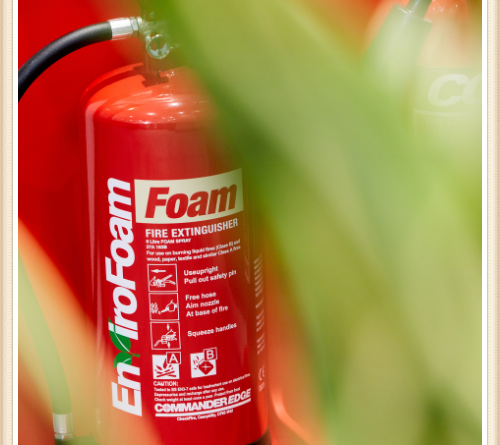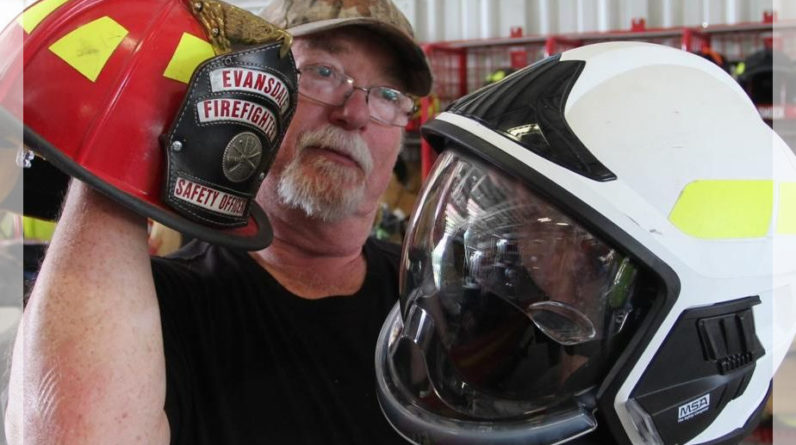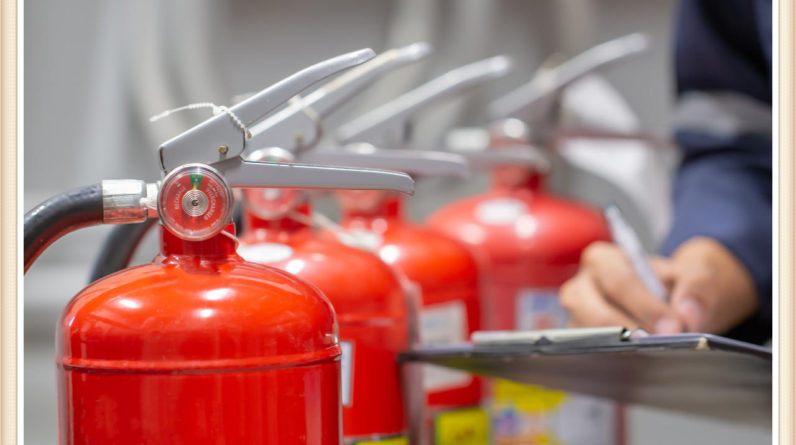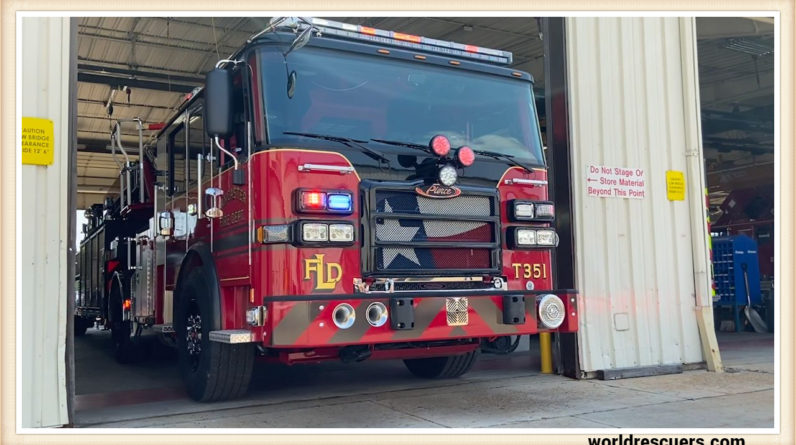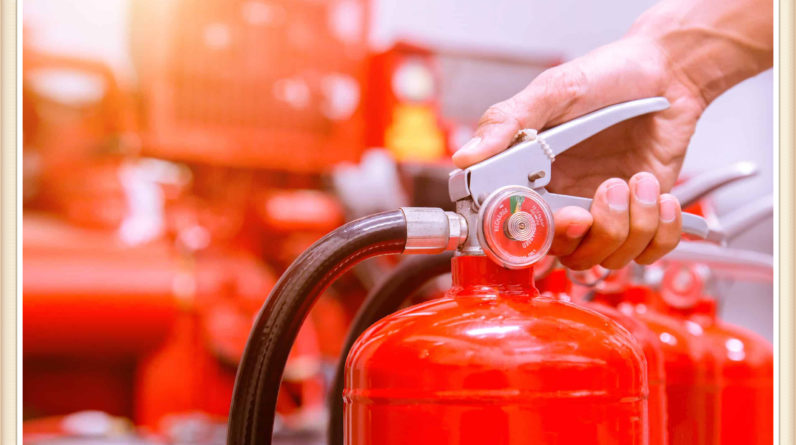
Summary
P.A.S.S. stands for Pull, Aim, Squeeze, and Sweep. These four steps represent the proper sequence of actions to take when using a fire extinguisher in an emergency situation. In conclusion, P.A.S.S. fire extinguishers play a pivotal role in enhancing fire safety. Their user-friendly design, effectiveness, and versatility make them valuable tools in combating fires during their early stages. By understanding the P.A.S.S. acronym and the proper usage of these extinguishers, individuals can contribute to safer environments.
Fire safety is a critical aspect of any building or property, and having the right tools to combat fires is essential. One such tool that has gained prominence is the P.A.S.S. fire extinguisher. In this article, we will delve into the significance of P.A.S.S. fire extinguishers and their effectiveness in emergency situations.
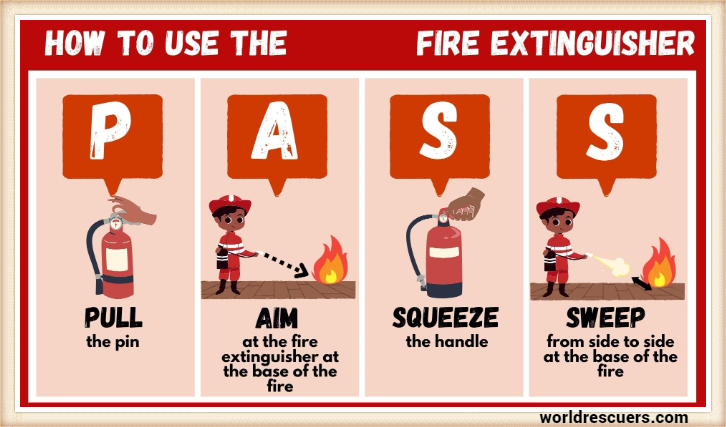
Understanding P.A.S.S. Fire Extinguishers
P.A.S.S. fire extinguishers are designed to be user-friendly and efficient. These extinguishers are commonly found in homes, offices, schools, and various public spaces. The acronym P.A.S.S. outlines the four steps that anyone should follow when using a fire extinguisher. Let’s break down each step:
Pull
Start by pulling the pin located on the extinguisher’s top. This action allows you to release the locking mechanism and prepares the extinguisher for use.
Aim
Direct the nozzle or hose at the base of the fire. This is crucial, as it targets the source of the fire rather than its flames. Aiming accurately ensures effective fire suppression.
Squeeze
Squeeze the handle to discharge the extinguishing agent. The pressure applied to the handle propels the extinguishing substance towards the fire.
Sweep
Sweep the nozzle from side to side as you continue to discharge the agent. This sweeping motion helps cover a larger area and prevents the fire from rekindling.
The Components of P.A.S.S.
A standard P.A.S.S. fire extinguisher comprises several key components:
- Cylinder: The container holding the extinguishing agent, often under pressure.
- Nozzle or Hose: The outlet through which the extinguishing agent is expelled.
- Pressure Gauge: Indicates the pressure level of the extinguisher, ensuring it’s ready for use.
- Handle and Lever: The mechanism for activating the extinguisher and controlling the discharge.
- Pin and Safety Mechanism: The pin prevents accidental discharge and must be removed before use.
Types of Fires and P.A.S.S. Extinguishers
Different types of fires require different extinguishing agents. P.A.S.S. fire extinguishers are most effective against Class A, B, and C fires. These classes include fires involving ordinary combustibles, flammable liquids, and electrical equipment.
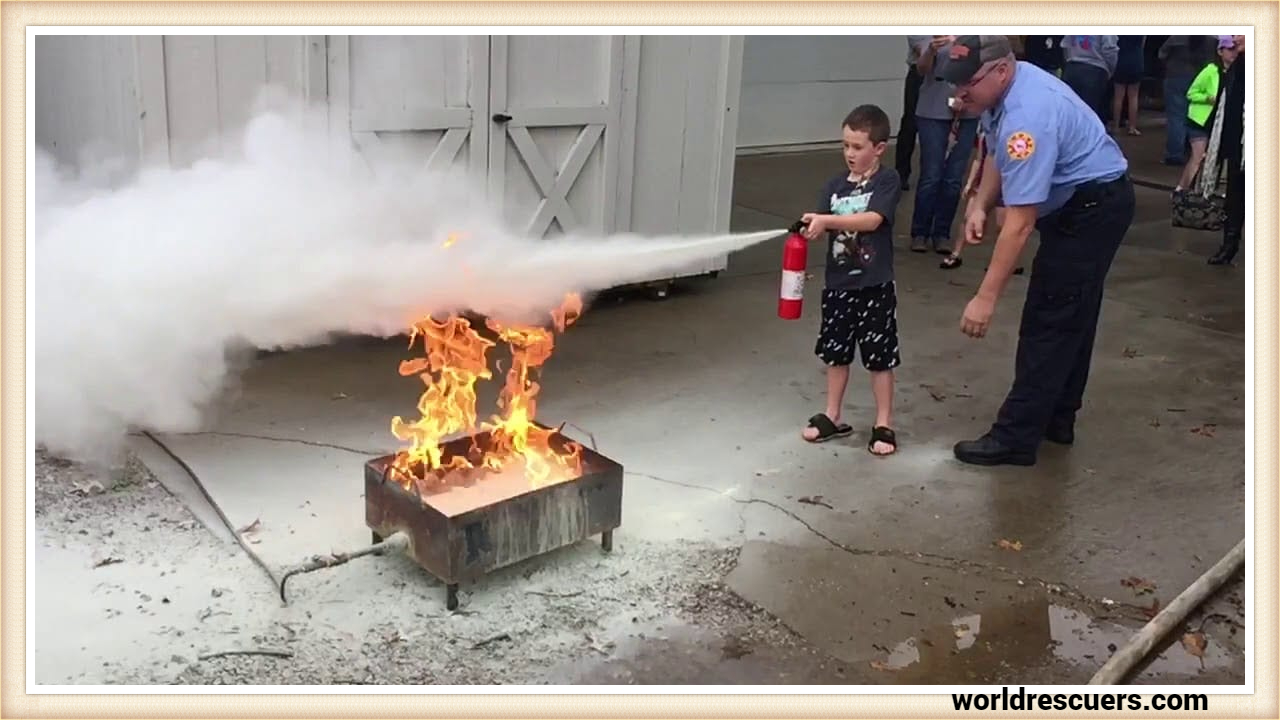
Proper Usage of P.A.S.S. Extinguishers
Using a P.A.S.S. fire extinguisher involves more than knowing the steps – it requires understanding the fire’s behavior and choosing the right extinguisher. It’s important to remember that fire extinguishers have limitations. If a fire is large or spreading rapidly, it’s safer to evacuate and call the fire department 911 or 1122.
Maintenance and Inspection
Regular maintenance and inspection of P.A.S.S. fire extinguishers are essential. Check the pressure gauge, ensure the pin is intact, and examine the extinguisher for any visible damage. An annual professional inspection is also recommended.
Advantages of P.A.S.S. Fire Extinguishers
P.A.S.S. fire extinguishers offer several advantages:
- Ease of Use: The simple P.A.S.S. acronym makes these extinguishers accessible to anyone.
- Quick Response: P.A.S.S. extinguishers facilitate rapid intervention during the early stages of a fire.
- Versatility: Effective against multiple types of fires, P.A.S.S. extinguishers cover a wide range of fire risks.
When to Choose P.A.S.S. Extinguishers
P.A.S.S. extinguishers are ideal for homes, offices, and places with a diverse range of fire risks. They provide a convenient and effective means of first-response fire control.
Importance of Fire Safety Education
While P.A.S.S. extinguishers are valuable tools, proper fire safety education is equally vital. Educating individuals on fire prevention, evacuation procedures, and correct fire extinguisher usage enhances overall safety.
P.A.S.S. Fire Extinguishers in Different Settings
P.A.S.S. extinguishers find utility in various settings, from residential buildings to industrial complexes. Their versatility and ease of use make them suitable for a wide array of environments.
Comparing P.A.S.S. Extinguishers with Other Types
Different types of fire extinguishers, such as CO2 and foam extinguishers, serve distinct purposes. P.A.S.S. extinguishers are particularly valuable for their simplicity and effectiveness in general fire scenarios.
Common Misconceptions about P.A.S.S.
There are some misconceptions about P.A.S.S. extinguishers, such as their ability to combat all types of fires. While they are versatile, understanding their limitations is crucial for effective fire response.
Innovations in Fire Extinguisher Technology
Advancements in fire extinguisher technology continue to improve their efficiency and usability. New innovations aim to make fire extinguishers even more accessible and effective.
Making the Right Choice: Selecting the Appropriate Fire Extinguisher
Choosing the right fire extinguisher involves considering the specific fire risks in a given environment. P.A.S.S. extinguishers are a solid choice for scenarios involving a range of fire types.
FAQ’s
What is pass in fire?
“P.A.S.S. in fire” stands for Pull, Aim, Squeeze, and Sweep, which are the steps to effectively use a fire extinguisher during a fire emergency.
What are the 4 steps in using a fire extinguisher?
The 4 steps in using a fire extinguisher are: Pull, Aim, Squeeze, and Sweep (P.A.S.S.).
What is the acronym race and pass?
The acronym R.A.C.E. (Rescue, Alert, Confine, Extinguish/Evacuate) is a guideline for responding to fire emergencies, while P.A.S.S. (Pull, Aim, Squeeze, Sweep) is a method for using a fire extinguisher effectively.
What is the race acronym for fire extinguisher?
The “R.A.C.E.” acronym for fire extinguisher use stands for Rescue, Alert, Confine, and Extinguish/Evacuate, providing a structured approach to fire emergency response.
Highly trained Assistant Fire Chief dedicated to public safety and awareness for the past 16 years. Effective leader who remains steady during times of emergency, while directing and motivating team members throughout crises.

